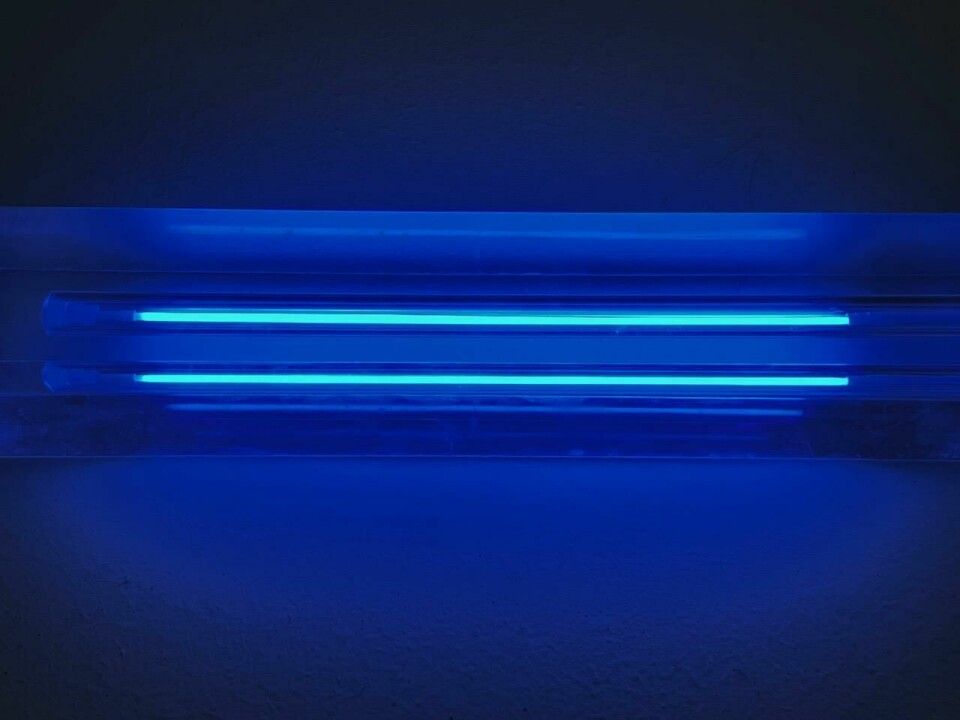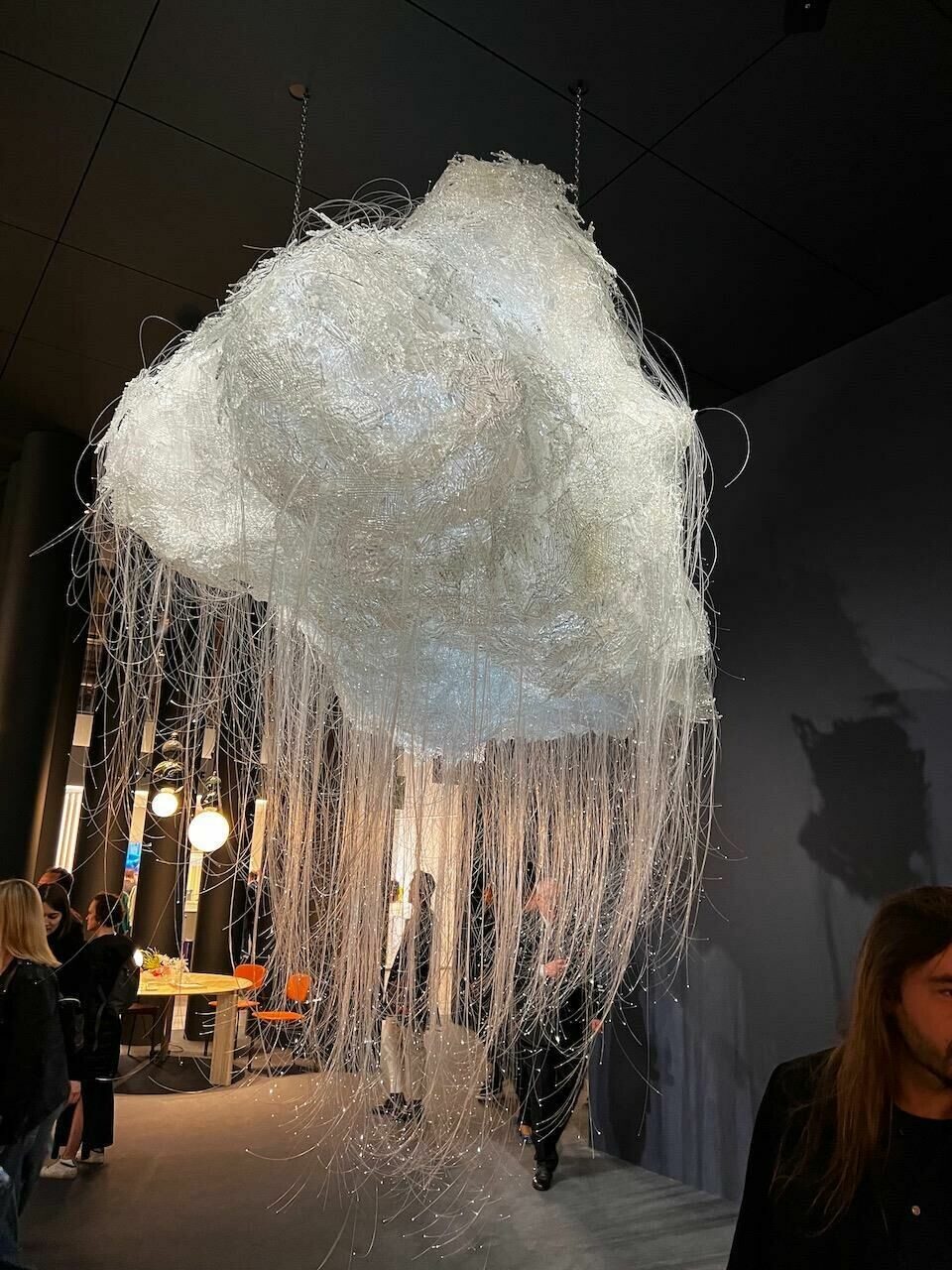
Lighting trends at EuroLuce 2023
Evolution, not revolution seems to be the theme at the annual lighting show during the Salone del Mobile in Milan. What can automotive designers learn from these lighting trends?
Last week we walked the reduced, but still cavernous, halls at the Euroluce Lighting Fair looking at the fixtures and concepts on display at the Salone Del Mobile. In general, the work sems to point to an evolution rather than revolution in lighting products, although some interesting solar products were on display.
We were particularly interested in the Danish pavilion, which, predictably, displayed fixtures influenced by the fine tradition of Danish Modern. Also, the Czech pavilion which combined the legacy of Czech glassmaking with new lighting technologies. And, our personal favorite, Tom Dixon, whose “Choice” collection built on previous experiments with glass to produced globular pendants and floor lamps in a wide variety of shapes. Here’s a gallery of his work:
In general, the products on display fell into three categories:
Sculpture as Lighting, Lighting as Sculpture
The drama of these shows is shown in interesting lighting fixtures that double as sculptural objects. This year was no exception, with an astonishing variety of lamps, pendants, chandeliers and sculptures of all kinds. The centerpiece of the Czech pavilion, a glowing cloud-like sculpture of glass and LEDs from Lasvit, was the most striking example of a wide range of products that blur the line between sculpture and lighting.

Lighting Embedded in Everything
The notion of everything as a lighting fixture of some sort has emerged with the development of LEDs. It’s not that the concept didn’t exist beforehand, it’s just that it wasn’t practical given the lamps then available.
There is already a dedication to integrating lighting into doors, roof interiors and so forth
Now the idea of everything having some sort of lighting component seems not only possible, but inevitable given the possibilities LEDs provide. Additionally, LED and OLED screens allow for the integration of media into furniture and architectural surfaces, not to mention automotive instrument panels. There’s a limit to all this, but we have not yet fully explored the possibilities of lighting in furniture and environmental surfaces, so there is much more experimentation to come.
Lighting/Architecture Fusion
A subset of the category above, there is a sense that lighting panels, both vertically (walls, room dividers, screens) and horizontally (floor, ceilings) are the future, although these invisible “products” don’t make for great trade show displays, unless they also offer interesting materials and patterns.
New fusions of furniture and lighting will be worth watching
There’s an enormous opportunity here for a manufacturer that can “crack the code” and deliver panels that are easy to install and maintain. They will probably be LED lights with color customisation options, but getting them integrated into a notoriously conservative building industry will take a herculean effort. The same might be said for the automobile industry, but the scale is more intimate and there is already a dedication to integrating lighting into doors, roof interiors and so forth.
Doubtless, we will find more examples of these trends in future EuroLuce shows. In particular, the lighting-embedded-in-everything trend will be one worth watching, as new fusions of furniture and lighting will emerge. Car designers should also pay close attention.



















































